Home>Garden Essentials>How Do You Plant Avocado Seeds
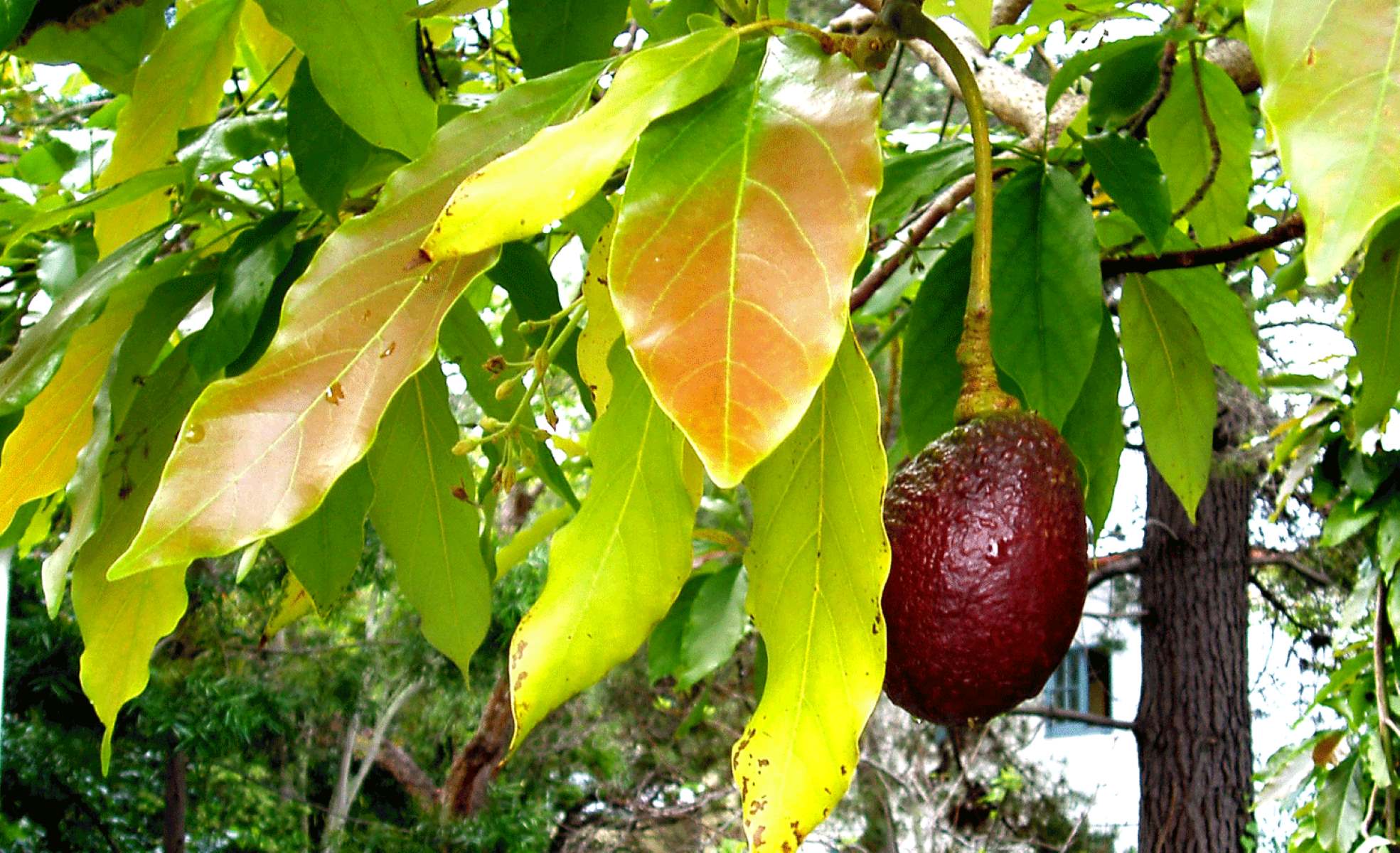

Garden Essentials
How Do You Plant Avocado Seeds
Modified: August 24, 2024
Learn how to plant avocado seeds in your garden with this step-by-step guide. Cultivate healthy, delicious avocados right from your backyard.
(Many of the links in this article redirect to a specific reviewed product. Your purchase of these products through affiliate links helps to generate commission for Storables.com, at no extra cost. Learn more)
Introduction
Growing your own plants and vegetables can be a rewarding and fulfilling endeavor. If you’re a gardening enthusiast looking to try something new, why not plant avocado seeds? Avocado trees not only provide delicious fruit, but they also make for beautiful and lush additions to your garden or indoor space. Plus, watching your avocado seedling grow and thrive can be an exciting and gratifying experience.
Planting avocado seeds might seem like a daunting task, but with the right knowledge and preparation, it can be a simple and enjoyable project. In this article, we will guide you through the step-by-step process of planting and caring for avocado seeds, from selecting the right avocado to transplanting the seedling. So, let’s get started and learn how to grow your own avocado plant!
Key Takeaways:
- Growing avocado plants from seeds is a fun and rewarding experience. With patience and care, you can enjoy watching a tiny seed grow into a thriving avocado tree in your garden or indoor space.
- Remember to select a ripe avocado, prepare the seed, and provide proper care during germination. Once your avocado plant has sprouted, continue to care for it by watering, providing sunlight, and occasional fertilization.
Read more: How Do You Plant Avocado Seed
Step 1: Selecting a Ripe Avocado
The first step in planting avocado seeds is selecting a ripe avocado. Choosing the right avocado is crucial for successful germination and growth. Here are some tips to help you select a ripe avocado:
- Color: Look for an avocado with dark green or black skin. Avoid avocados with a light green or yellowish color, as they are likely unripe.
- Texture: Gently squeeze the avocado. It should have a slight give but not feel mushy or overly soft.
- Stem: Check the stem of the avocado. If it easily pops off and reveals a green color underneath, the avocado is ripe. If it is difficult to remove or reveals a brown color, the avocado may be overripe or spoiled.
- Firmness: A ripe avocado should give a little when pressed, but it shouldn’t be too soft or squishy.
Remember, the ripeness of the avocado is essential for successful germination. An unripe avocado may not sprout, while an overripe avocado may have a moldy or rotten seed.
Once you have selected a ripe avocado, you are ready to move on to the next step: preparing the seed.
Step 2: Preparing the Seed
Now that you have a ripe avocado, it’s time to prepare the seed for planting. Follow these steps to properly prepare the seed:
- Carefully cut the avocado lengthwise and expose the pit (seed) inside. Use a spoon to gently scoop out the pit, being careful not to damage it. Rinse the pit to remove any remaining fruit pulp.
- Inspect the pit and identify the top and bottom ends. The top, or pointed end, is where the stem will eventually emerge, while the bottom end is slightly flatter.
- Take note of the orientation of the pit and use a clean, sharp knife to remove a thin layer of skin from around the middle section. This will help facilitate water absorption during the germination process.
- Alternatively, some gardeners choose to remove the pit from the skin entirely. This can be done by gently prying off the skin using your fingers or a knife. Be cautious not to damage the seed while doing so.
Once you have prepared the avocado seed, you are ready to move on to the next step: inserting toothpicks.
Step 3: Inserting Toothpicks
After preparing the avocado seed, the next step is to insert toothpicks into the seed to suspend it in water. This process helps facilitate germination. Follow these steps:
- Hold the avocado seed with the flat end facing down and the pointed end facing up. Locate the midpoint on the side of the seed.
- Insert three to four toothpicks into the seed at a slight downward angle, evenly spaced around the midpoint. The toothpicks should be inserted about halfway into the seed, ensuring they are secure and won’t slip out.
- The toothpicks will serve as support, allowing the seed to be suspended in a glass or jar filled with water. Make sure the pointed end of the seed is facing up and the toothpicks rest comfortably on the rim of the glass, holding the seed in place.
- Fill the glass with water, ensuring that the bottom half of the seed is immersed in the water while the top half remains exposed to air.
Now that you have successfully inserted the toothpicks and suspended the seed in water, it’s time to move on to the next step: caring for the seed.
Step 4: Placing the Seed in Water
Once you have inserted the toothpicks and suspended the avocado seed in water, it’s time to provide the optimal conditions for germination and root development. Follow these steps to ensure proper care for the seed:
- Find a suitable glass or jar that is tall enough to submerge the bottom half of the avocado seed in water.
- Place the suspended avocado seed in the glass or jar, ensuring that the toothpicks rest on the rim and the bottom half of the seed is submerged in water.
- Position the glass in a well-lit area, preferably near a window where it can receive indirect sunlight. Avocado seeds require warmth and light for successful germination.
- Monitor the water level in the glass regularly and add more water as needed to maintain the proper level, ensuring the bottom of the seed remains submerged.
- Change the water every few days to prevent any stagnant water or potential fungal growth. This will help keep the environment fresh and conducive to germination.
By carefully placing the avocado seed in water and providing it with adequate light and moisture, you have set the stage for germination. Now it’s time to move on to the next step: caring for the seed.
After removing the seed from the avocado, clean it and suspend it over a glass of water using toothpicks. Place it in a warm, sunny spot and change the water regularly. Once roots and a stem appear, plant it in a pot with well-draining soil. Keep the soil moist and place the pot in a sunny location.
Read more: How Do You Eat An Avocado Seed
Step 5: Caring for the Seed
Caring for the avocado seed during the germination process is crucial for its healthy growth. Follow these steps to provide the necessary care:
- Ensure the glass or jar is placed in a warm area with indirect sunlight. Avocado seeds require temperatures of around 70-80°F (21-27°C) to promote germination.
- Monitor the water level in the glass and replenish it as needed to keep the bottom half of the seed submerged. It’s important to maintain a consistent water level to prevent drying out or overexposure.
- Observe the seed regularly to check for any signs of mold or rot. If you notice any discoloration or unpleasant odor, remove the seed from the water immediately and start with a fresh seed.
- Patience is key during this stage, as germination can take anywhere from 2 to 8 weeks. Be patient and continue to provide the optimal conditions for the seed’s growth.
- After a few weeks, roots will start to develop from the bottom of the seed, followed by a stem emerging from the top. This indicates successful germination.
Once the avocado seed has sprouted, it’s time to carefully transplant it into a pot with soil. This marks the next step in the process: transplanting the seedling.
Step 6: Transplanting the Seedling
Once your avocado seed has successfully germinated and sprouted roots and a stem, it’s time to transplant it into a pot with soil. Follow these steps to ensure a smooth transition for the seedling:
- Choose a suitable pot with good drainage. The pot should be large enough to accommodate the growing roots and provide ample room for the plant to grow.
- Fill the pot with well-draining soil that is rich in organic matter. Avoid using heavy or compacted soil as it can impede root growth.
- Make a hole in the soil that is deep enough to accommodate the seedling’s roots, but leave the sprouted stem above the soil surface.
- Gently remove the toothpicks from the seed and carefully lift the seedling, ensuring that you don’t damage the delicate roots.
- Place the seedling in the prepared hole and backfill with soil, gently pressing it around the roots to secure the plant in place.
- Water the newly transplanted seedling thoroughly, ensuring that the soil is evenly moist. Avoid over-watering as it can lead to root rot.
- Place the potted seedling in a well-lit area, avoiding direct exposure to hot or intense sunlight.
Continue to care for the avocado plant by regularly watering it when the top inch of soil feels dry and providing it with adequate sunlight. As the plant grows, you may also need to periodically prune it to promote full and healthy foliage.
Congratulations! You have successfully transplanted the avocado seedling. Now it’s time to move on to the final step: continued care for the avocado plant.
Step 7: Continued Care for the Avocado Plant
Congratulations on successfully transplanting your avocado seedling! Now it’s important to provide continued care to ensure the healthy growth and development of your avocado plant. Follow these steps to care for your avocado plant:
- Watering: Keep the soil consistently moist, but be cautious not to overwater. Avocado plants prefer well-drained soil, so ensure that excess water can drain away easily.
- Sunlight: Avocado plants thrive in bright, indirect sunlight. Place your plant near a sunny window or provide it with 6-8 hours of sunlight each day. Rotate the plant occasionally to ensure even exposure.
- Temperature and Humidity: Avocado plants prefer warm temperatures between 60-85°F (15-29°C). They also appreciate medium to high humidity levels. Consider using a humidifier or misting the leaves to increase humidity indoors.
- Fertilization: Feed your avocado plant with a balanced fertilizer during the growing season, typically from spring to summer. Follow the instructions on the fertilizer packaging for the appropriate dosage and frequency.
- Pruning: Prune your avocado plant to maintain a desirable shape and promote bushier growth. Remove any dead or damaged leaves, and pinch off the tips of branches to encourage branching.
- Pest and Disease Control: Monitor your avocado plant for signs of pests such as aphids, spider mites, or scales. Treat any infestations promptly using organic pest control methods. Additionally, watch out for common diseases like root rot and address any issues immediately.
- Support: As your avocado plant grows taller, you may need to provide support in the form of stakes or trellises to prevent the stem from bending or breaking.
With proper care and attention, your avocado plant will continue to grow and eventually produce delicious avocados. It can take several years for an avocado tree to mature and bear fruit, so be patient and enjoy the journey of nurturing your plant.
Remember to regularly assess the needs of your avocado plant and make adjustments to its care routine accordingly. By providing the right conditions, your avocado plant will flourish and become a beautiful addition to your garden or indoor space.
Enjoy the process and the eventual rewards of growing your own avocado tree!
Conclusion
Congratulations on successfully learning how to plant and care for avocado seeds! By following the steps outlined in this article, you are well on your way to enjoying the beauty and bounty of your very own avocado tree. Growing avocado plants from seeds can be a rewarding and fulfilling experience, allowing you to witness the fascinating journey of a tiny seed developing into a thriving plant.
Remember that patience is key when it comes to growing avocado trees. It can take several years for an avocado tree to reach maturity and produce fruit. But the wait is well worth it, as you’ll eventually be able to enjoy the delicious, nutritious avocados that your tree produces.
Throughout the planting process, be sure to provide your avocado seed with the right conditions for germination, including warmth, water, and light. Once your seed has sprouted and been transplanted, continue to care for your avocado plant by providing regular watering, appropriate sunlight, and periodic fertilization. Keep an eye out for any pests or diseases that may affect your plant and address them promptly.
As your avocado tree grows, feel free to get creative with how you incorporate it into your garden or indoor space. Avocado trees can be pruned and shaped to fit your desired aesthetic, making them not only a source of delicious fruit but also a visually appealing addition to your surroundings.
Remember to have fun and enjoy the journey of nurturing and growing your avocado tree. Experiment with different techniques and learn from your experiences along the way. The joy of seeing your avocado plant flourish and ultimately bear fruit is worth every effort you put into its care.
So go ahead, grab a ripe avocado, plant its seed, and embark on this exciting horticultural adventure. Happy gardening!
Frequently Asked Questions about How Do You Plant Avocado Seeds
Was this page helpful?
At Storables.com, we guarantee accurate and reliable information. Our content, validated by Expert Board Contributors, is crafted following stringent Editorial Policies. We're committed to providing you with well-researched, expert-backed insights for all your informational needs.
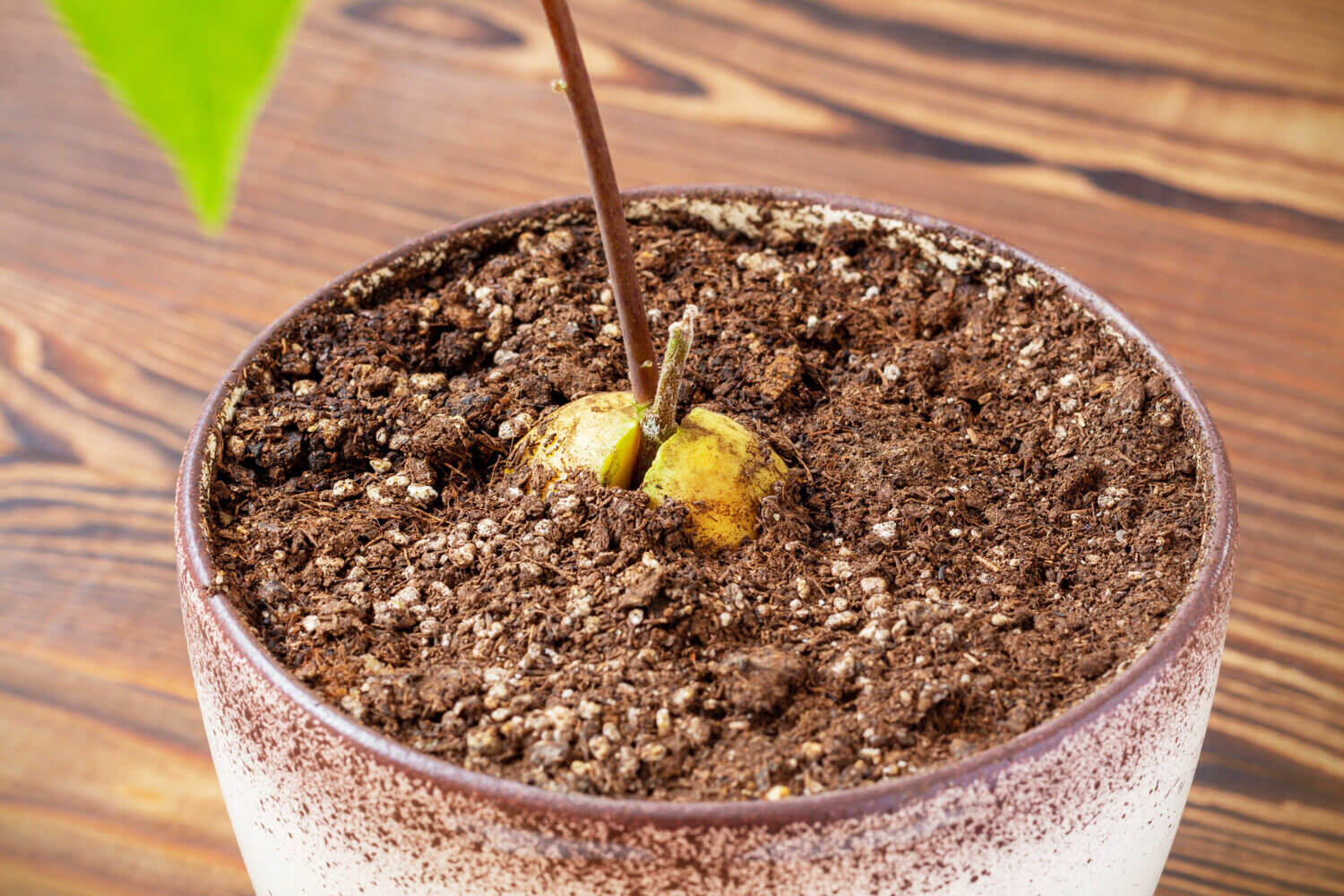
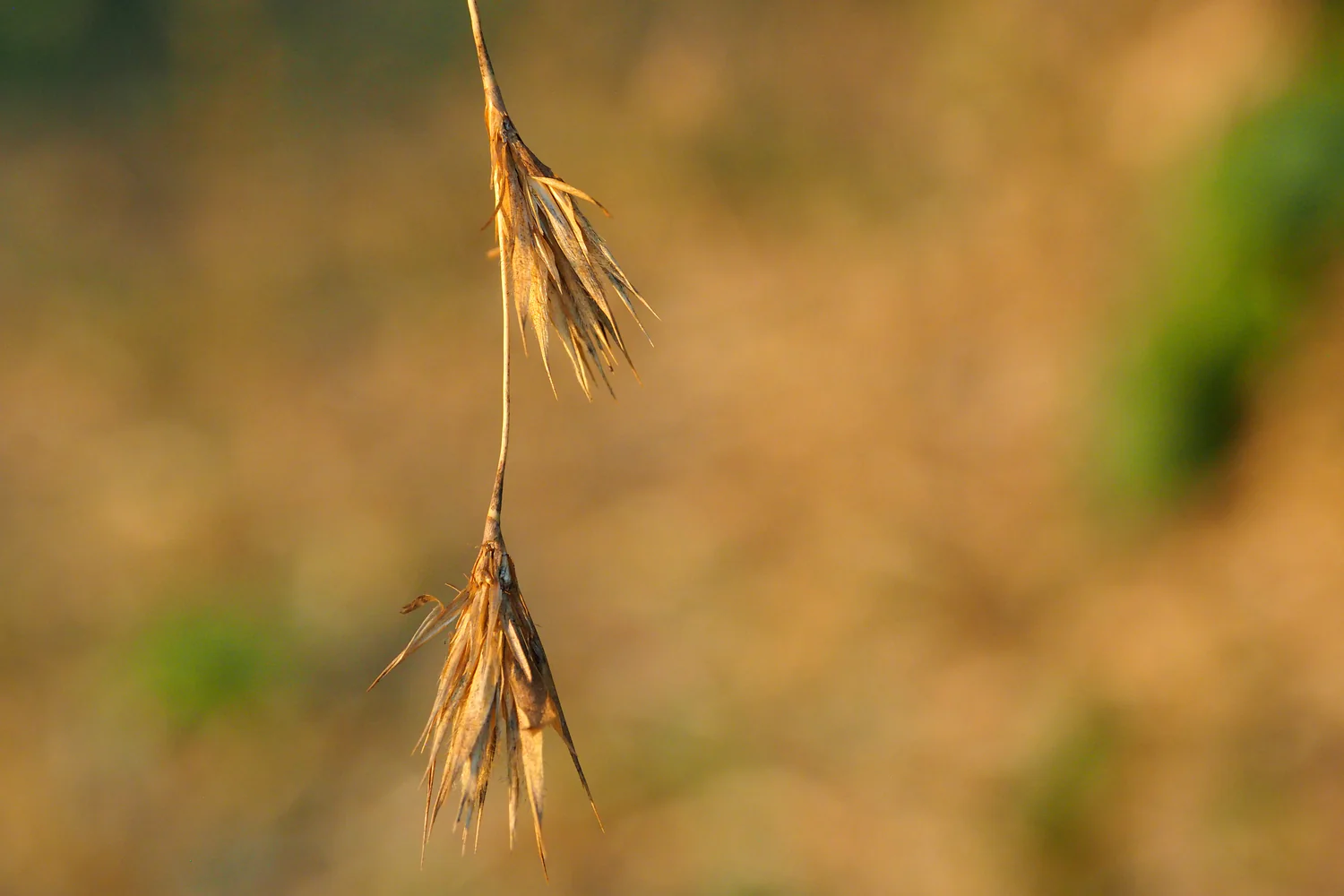
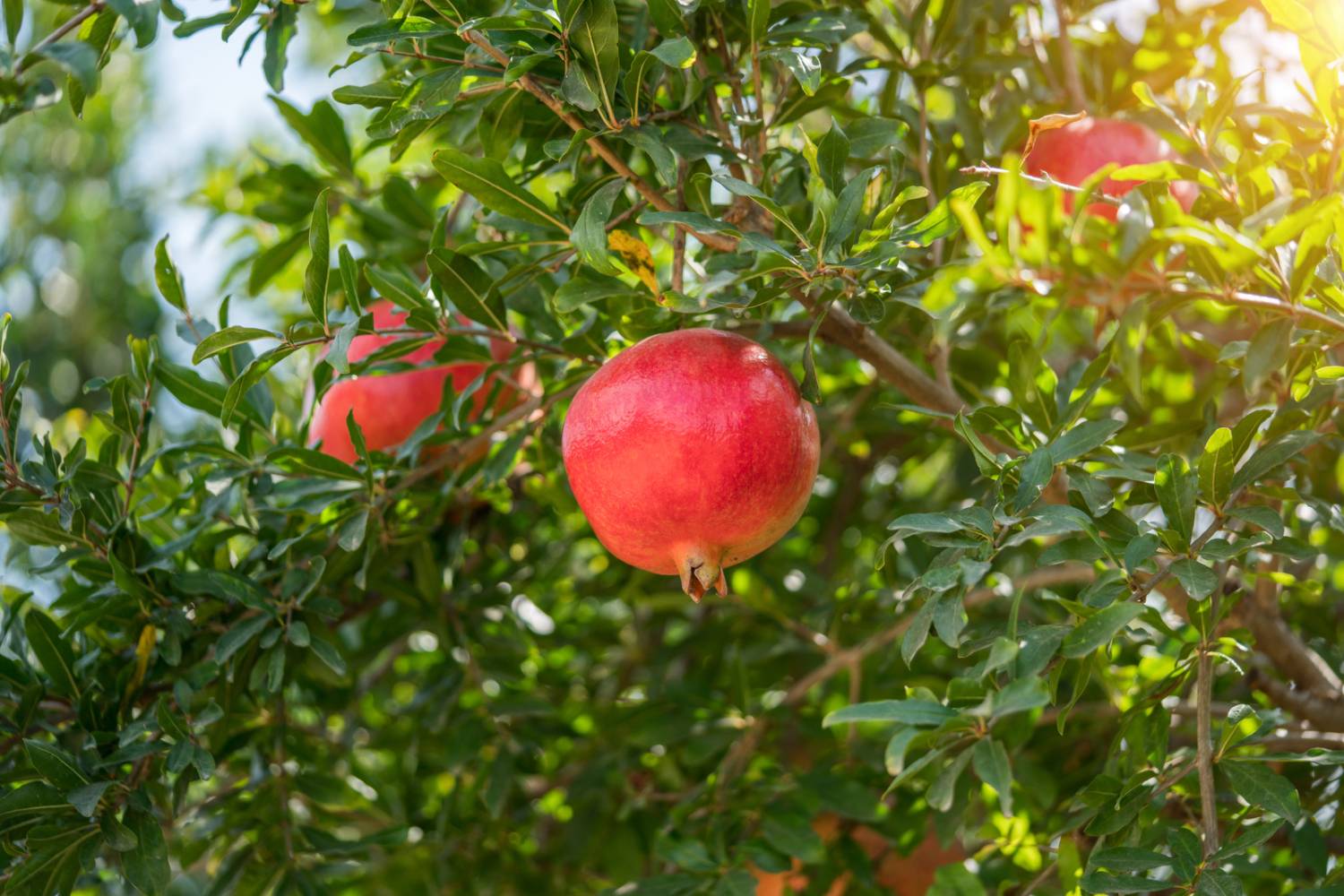
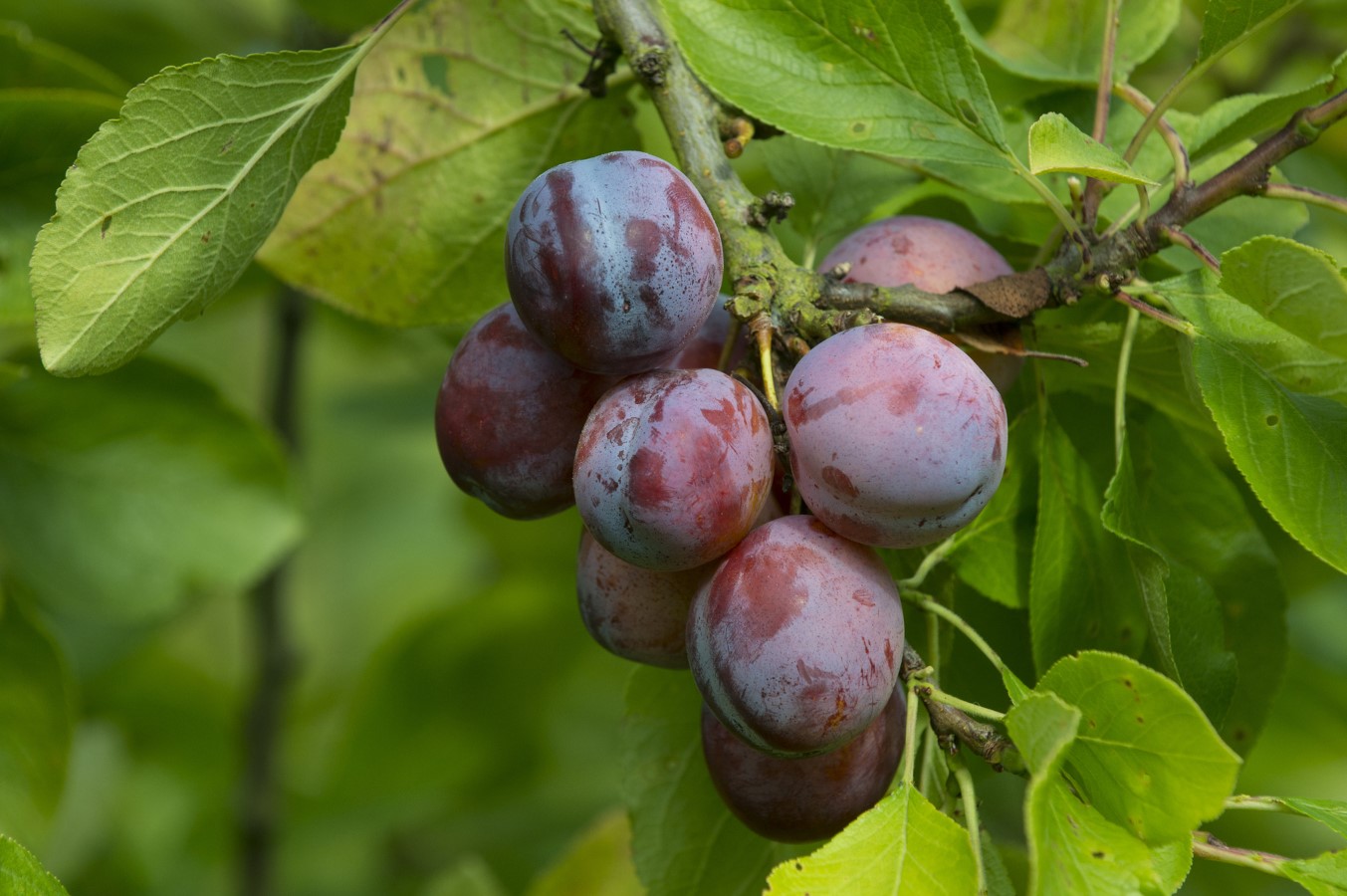
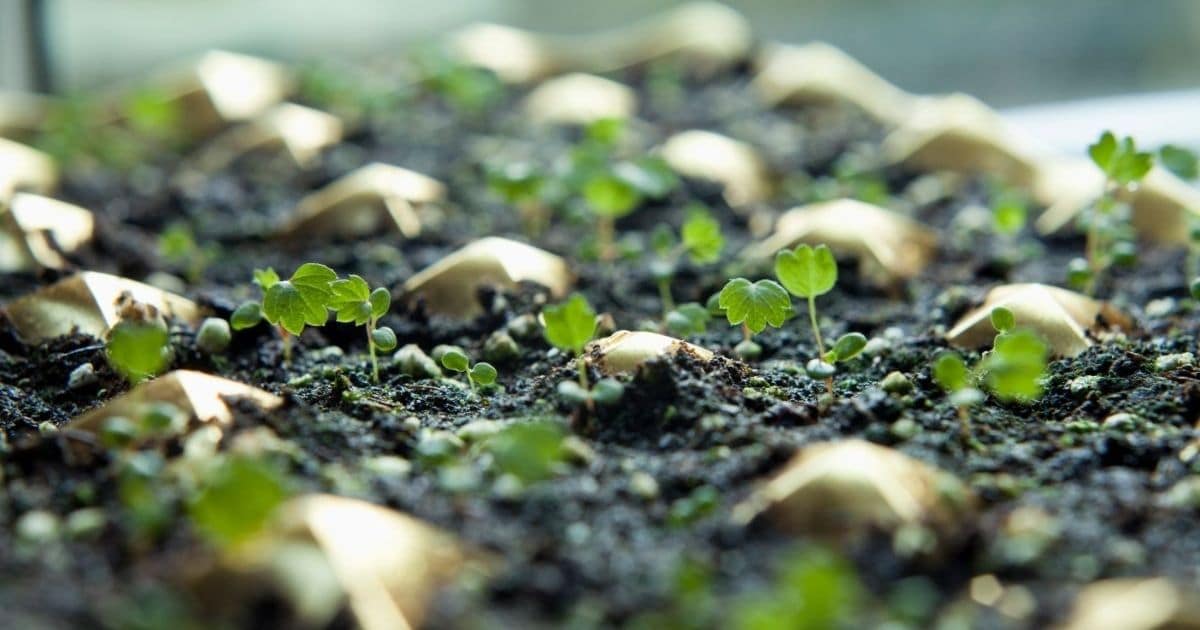
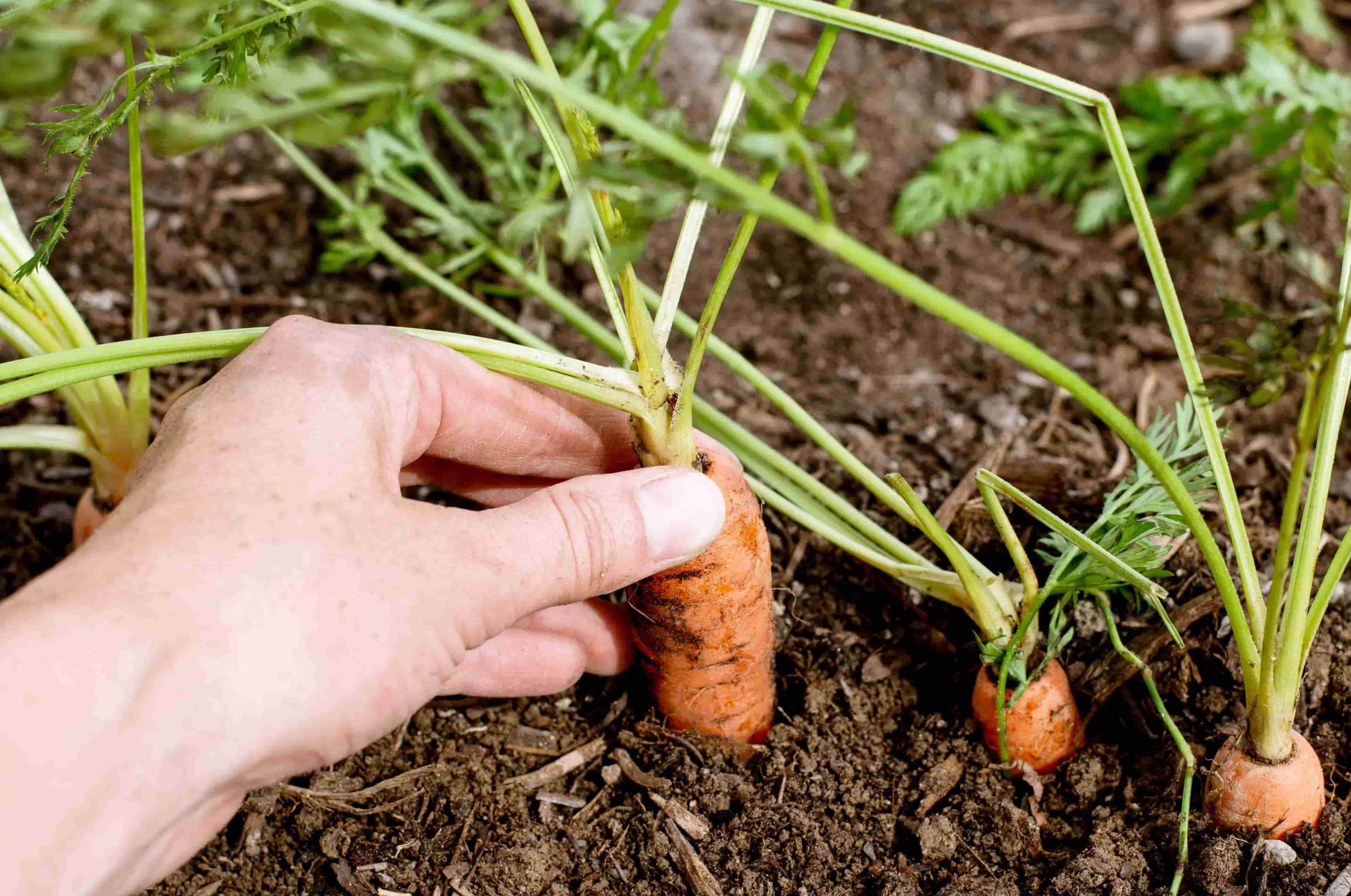

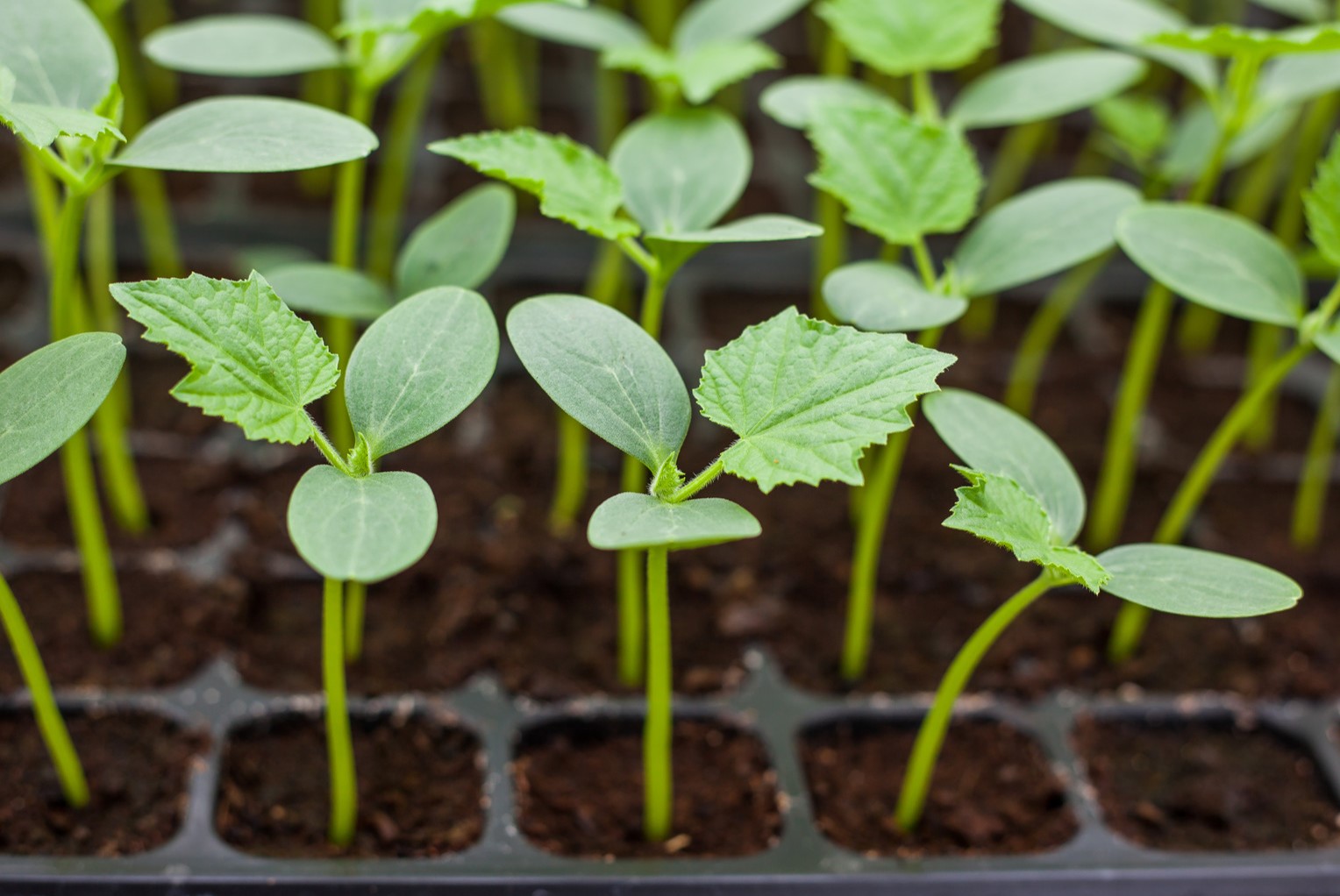
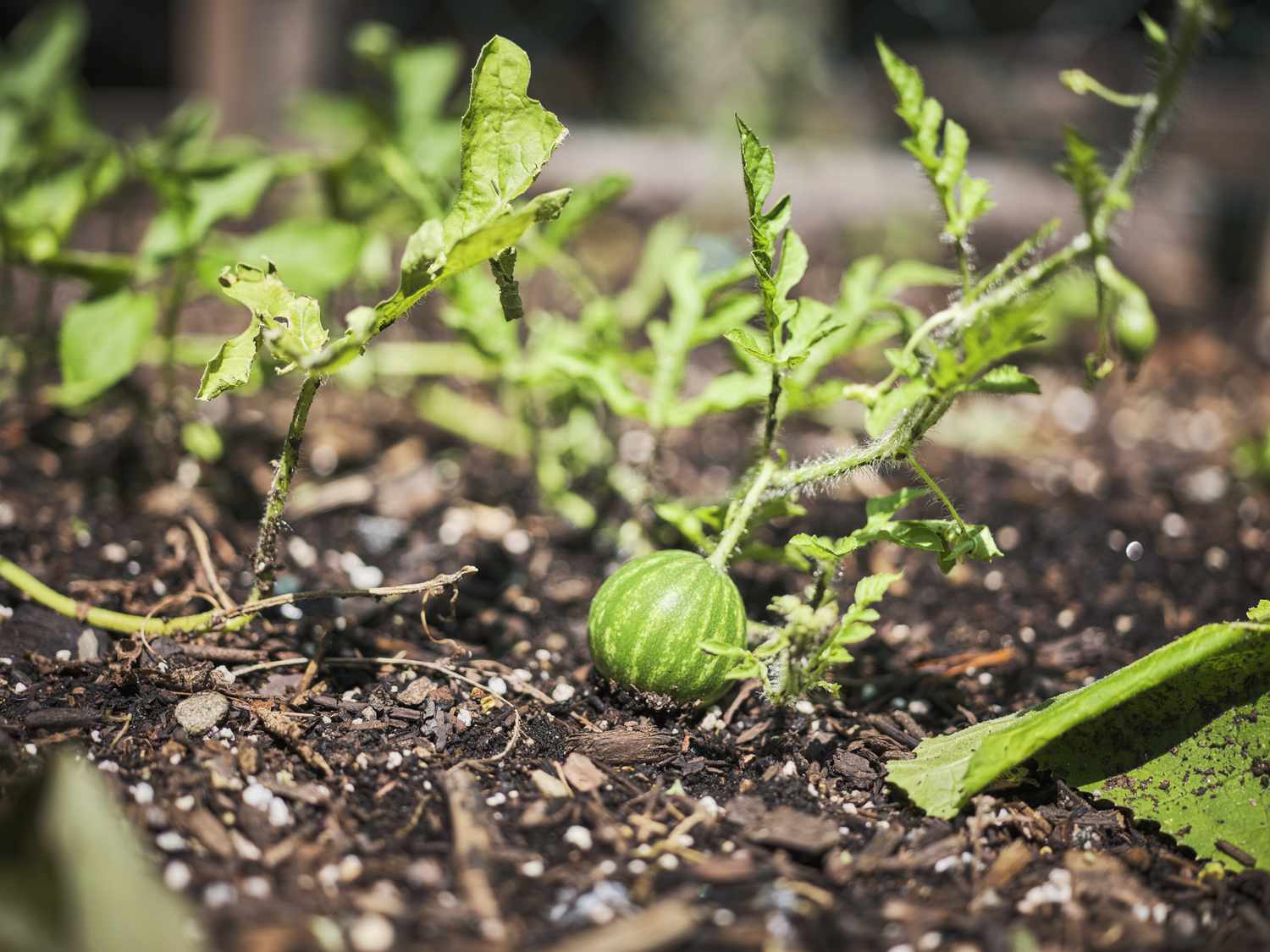
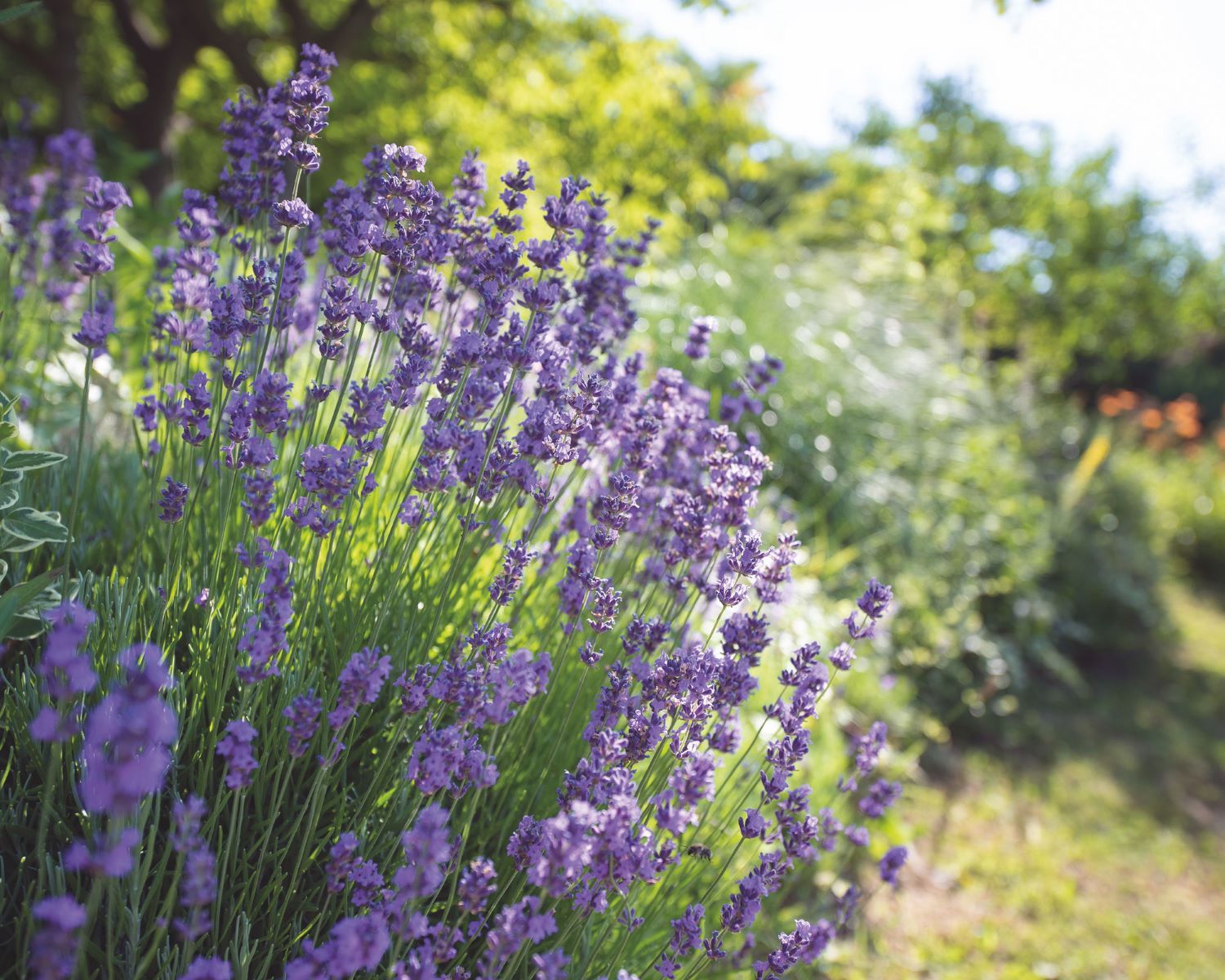
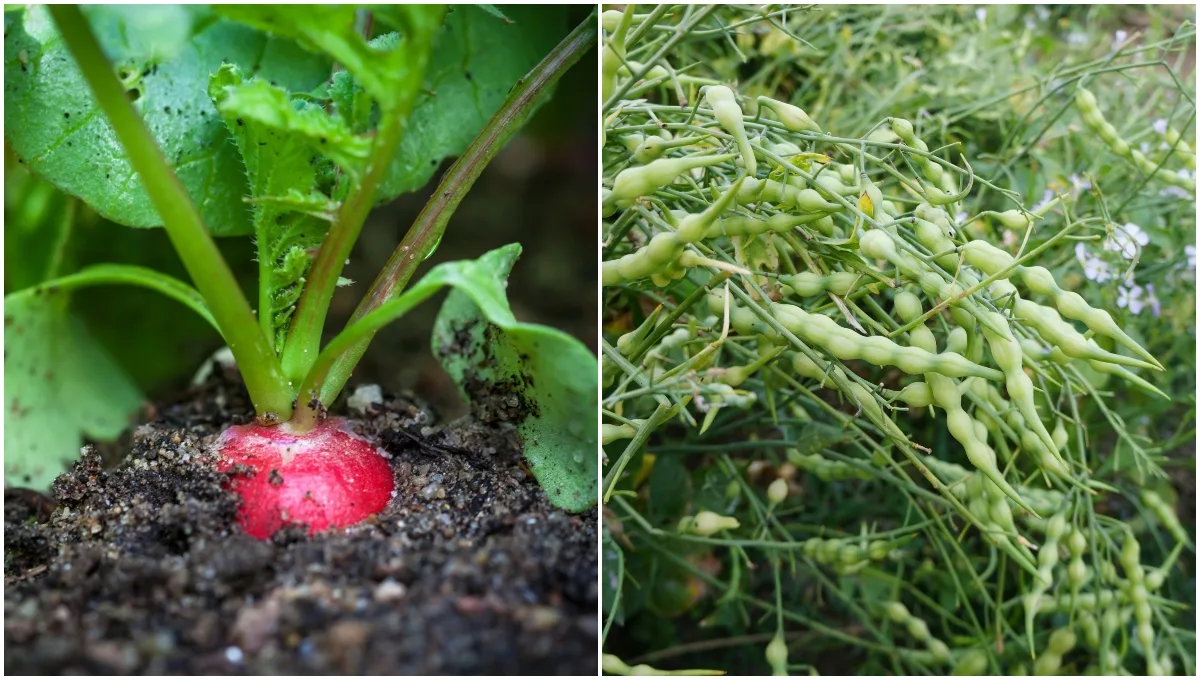

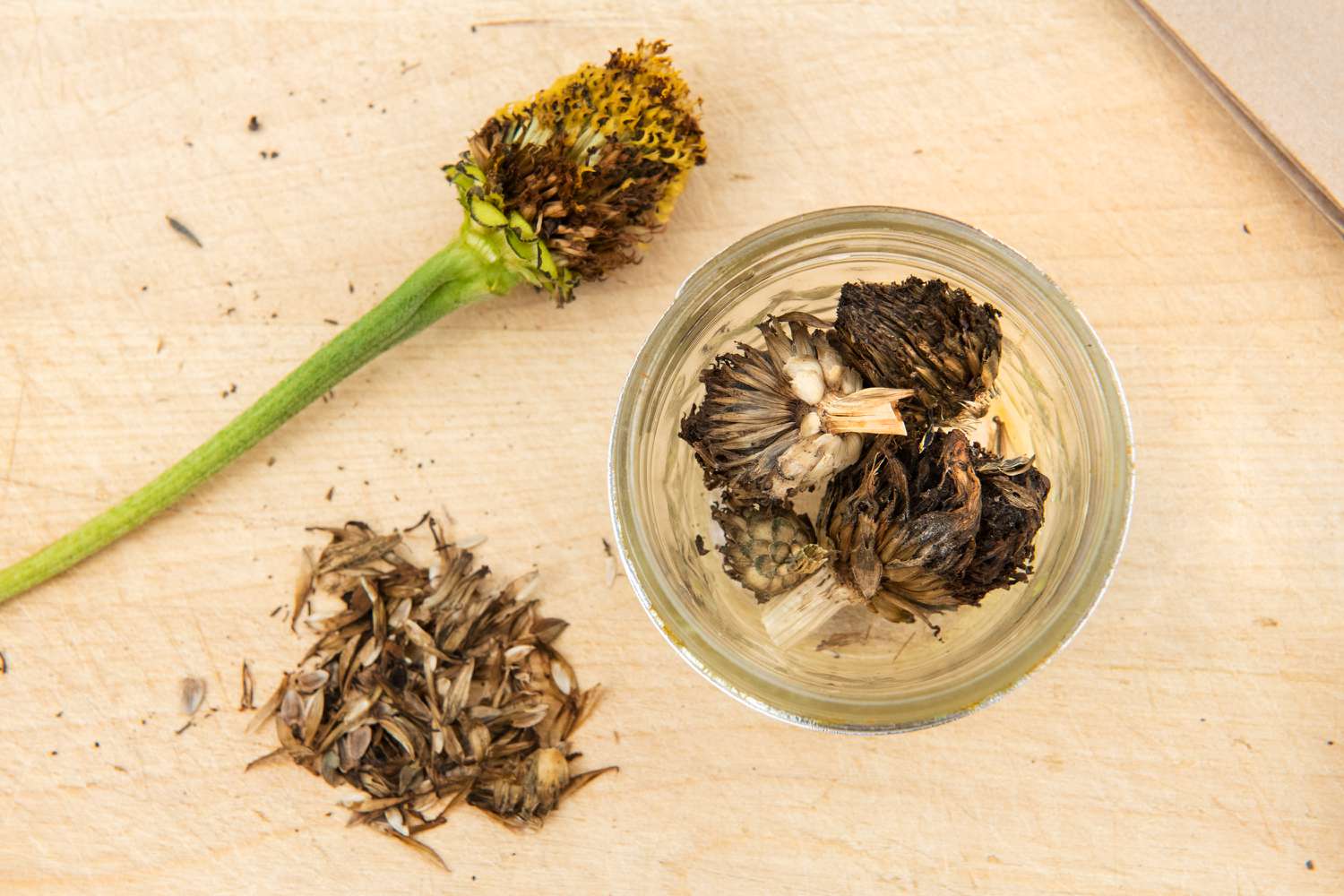
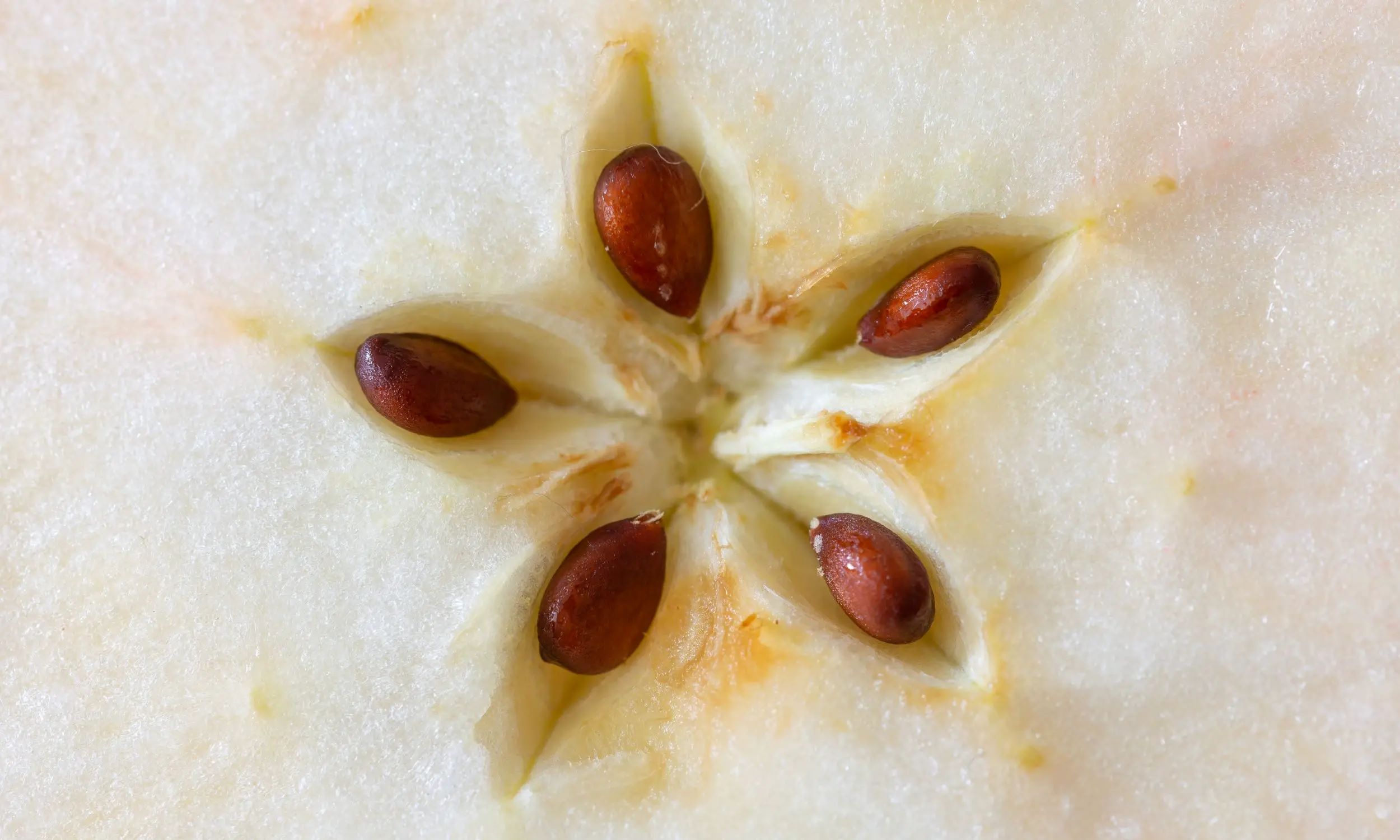

0 thoughts on “How Do You Plant Avocado Seeds”